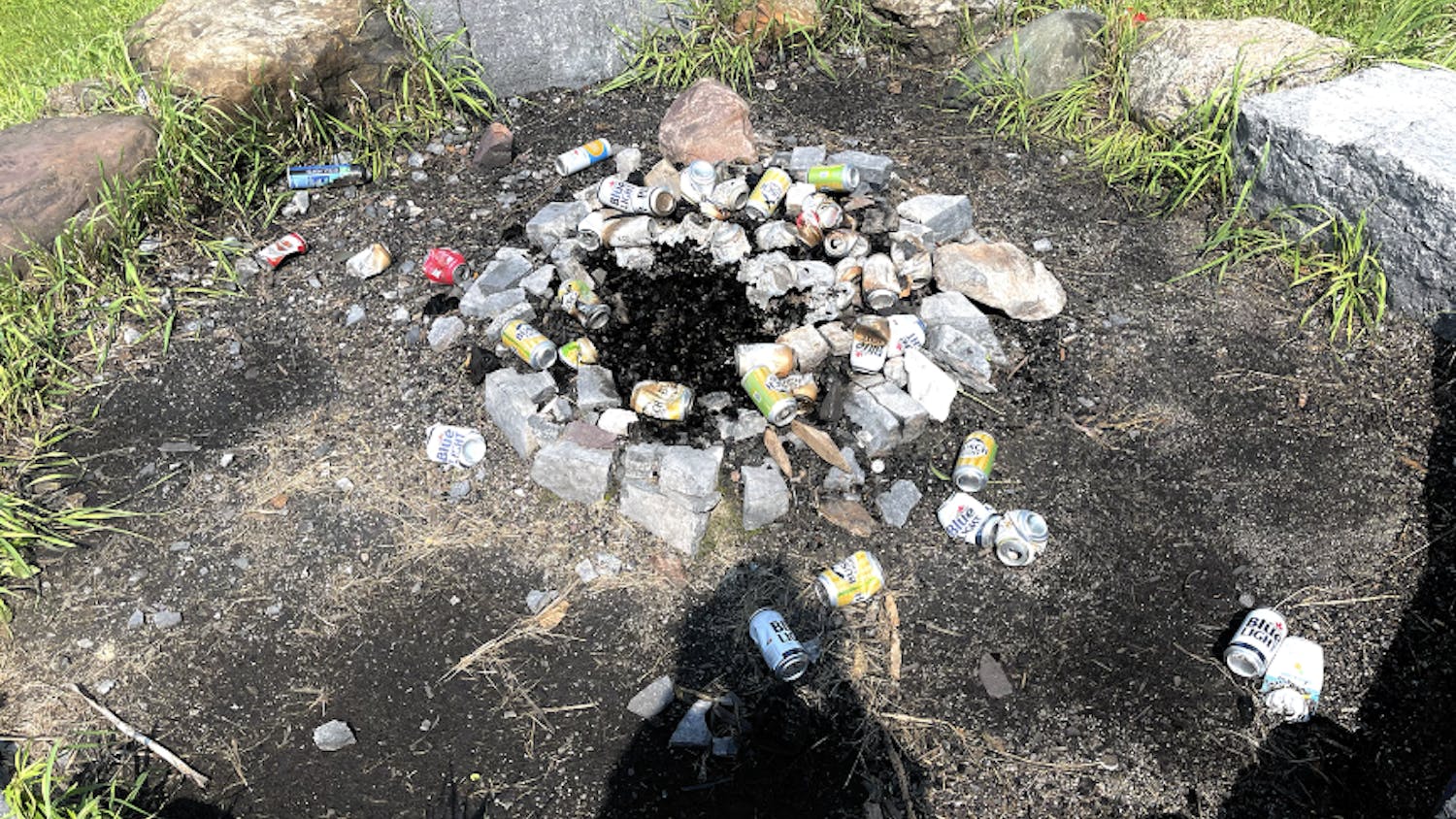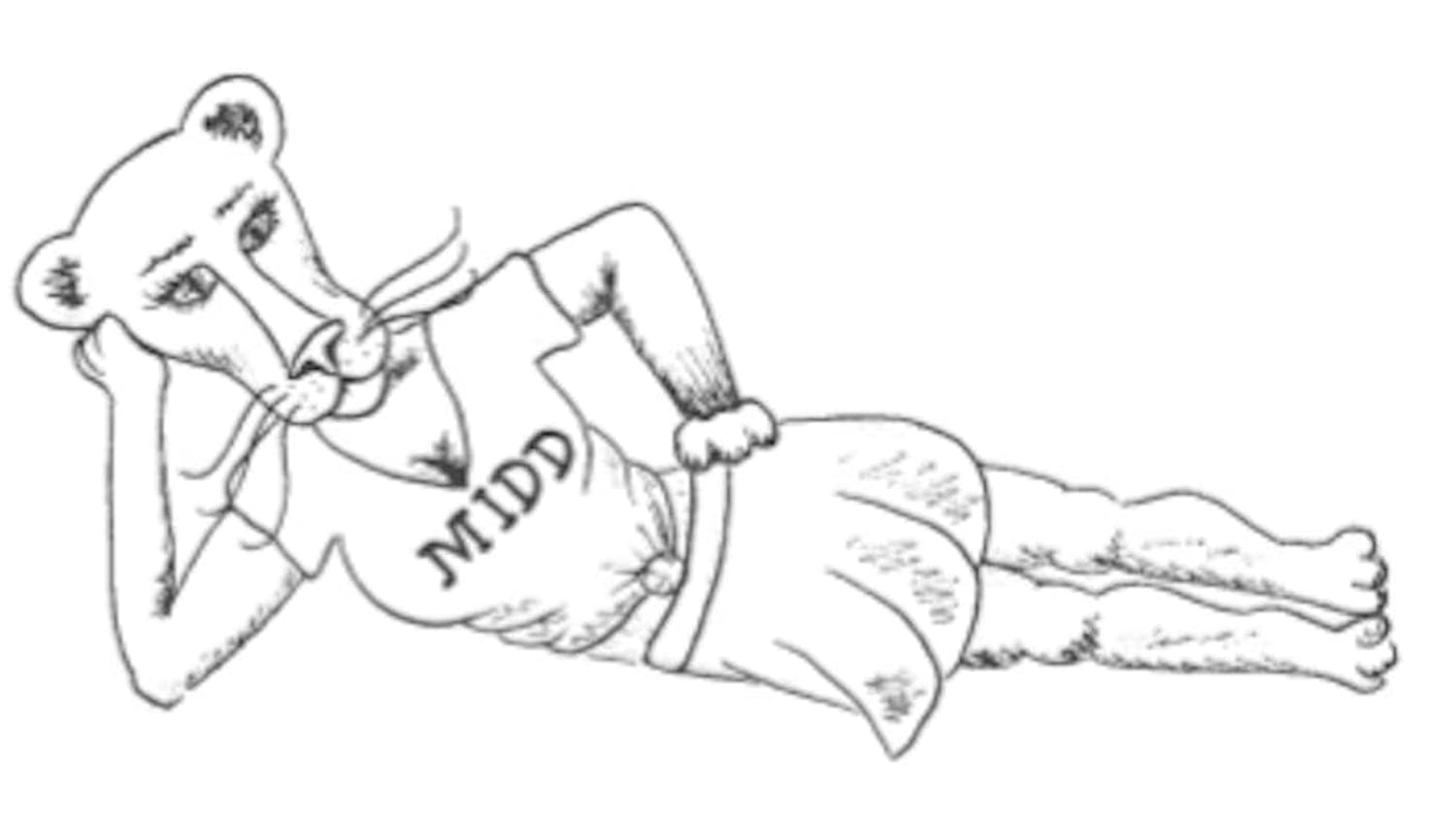I myself lost my father to suicide when I was 22 years old, as a senior in college, and I know how terribly painful this can be. I knew something was wrong in the days before his death, but I didn’t have the tools or understanding to make sense of what I was experiencing. Afterward, I felt not only grief and shock, but also confusion, anger and guilt. Was there something I missed? Was there something I could have done? These are very common, though excruciating, experiences that follow a death by suicide. Healing came slowly, but it did come – in the conversations I had with friends and family, and in our willingness to be open with each other about what had happened and how it affected us. Some sense of forgiveness and humility emerged in the realization that we are all human, and that we did all we knew how to do at the time.
Since then I have learned a lot more about the intense pain and loneliness associated with suicidal thoughts and behaviors. The most important thing I have learned is this: in the vast majority of cases, suicide can be prevented. Maybe not in my dad’s case or in Nathan’s case, but in most situations we can do something to help.
The most important thing we can do is to ask those we are worried about if they are thinking about hurting themselves or taking their own life. Ask them compassionately but directly. Believe me, in almost every case, those we ask will experience our concern with a sense of relief. Asking does not increase the chance of suicide. Asking does not put the thought in their head. Those are myths. A person experiencing suicidal ideation is losing hope, and our concern offers the best antidote there is: a reason to risk hoping again.
Then, encourage, persuade, accompany that friend, family member or colleague to professionals or others who can help.
So pay attention to the warning signs listed in the Campus today, and if you are worried about someone, ask them directly if they are thinking of harming themselves. In almost every case they will answer you truthfully, and that moment of honest human connection is the beginning of healing.
If you are experiencing suicidal thoughts, know this: you are not alone. In the last year, about 7 percent of college students here and across the country thought seriously about suicide. Having such thoughts is not a crime; talking about such thoughts will not get you sent home from school. Suicidal thoughts are common. They are also painful and scary; but you do not have to struggle with them alone. Counselors work with students having such thoughts every day. So tell someone – a friend, a counselor, a dean or just the person who lives next door – tell someone what is happening.
Today, some of us are feeling intense grief; some anger; some guilt; some of us are numb, or frightened, or depressed, or lonely, or just tired or distracted or stressed by daily life. There is nothing I can do now for my father or for Nathan but grieve and remember. But we can do something now for each other. Healing and hope come in our connections. Healing is not magic; healing is not always quick; but healing does happen.
GUS JORDAN is the Executive Director of Health and Counseling Services



